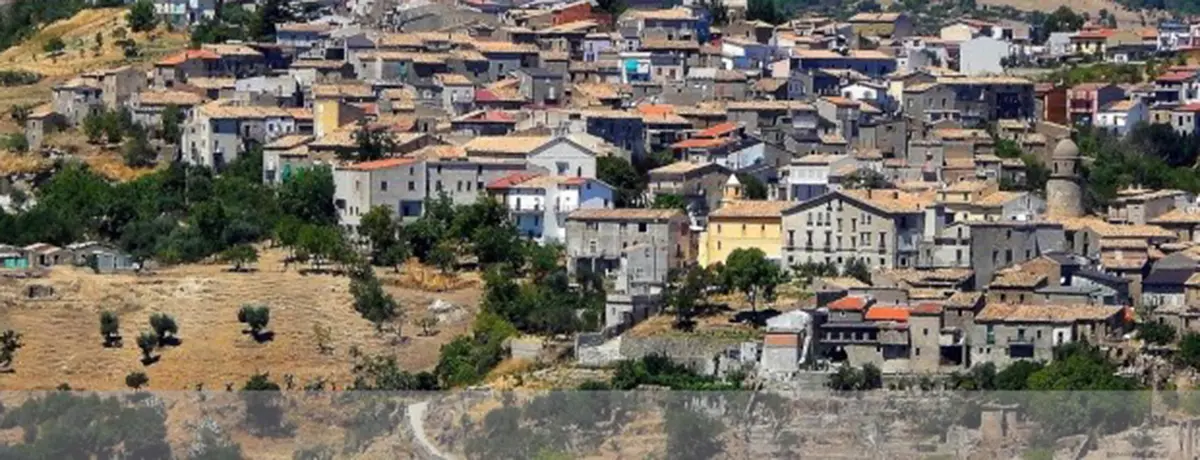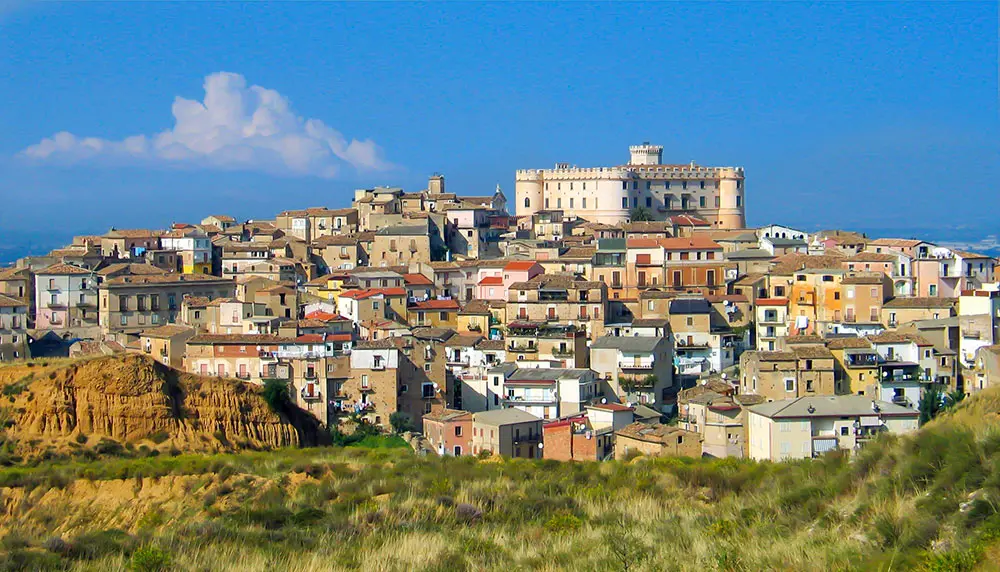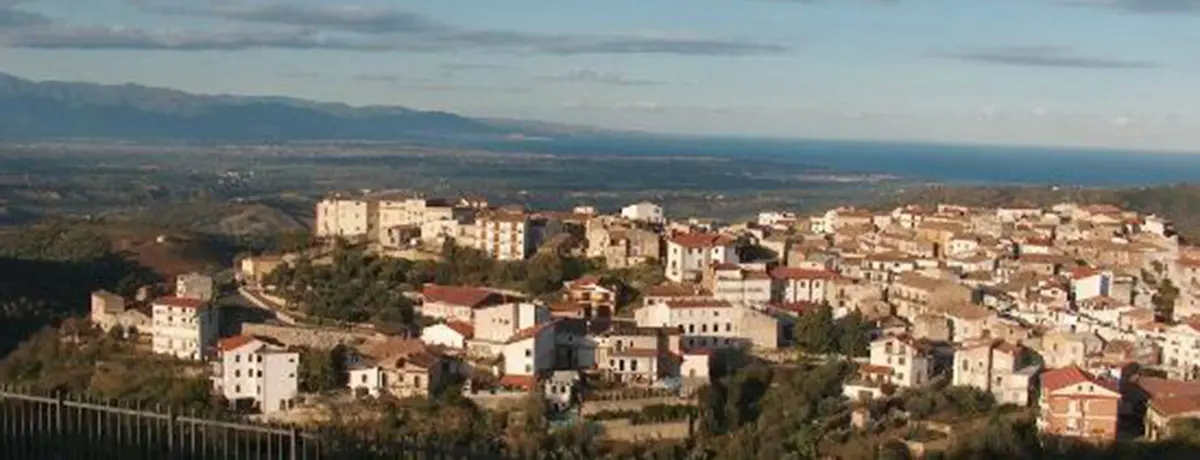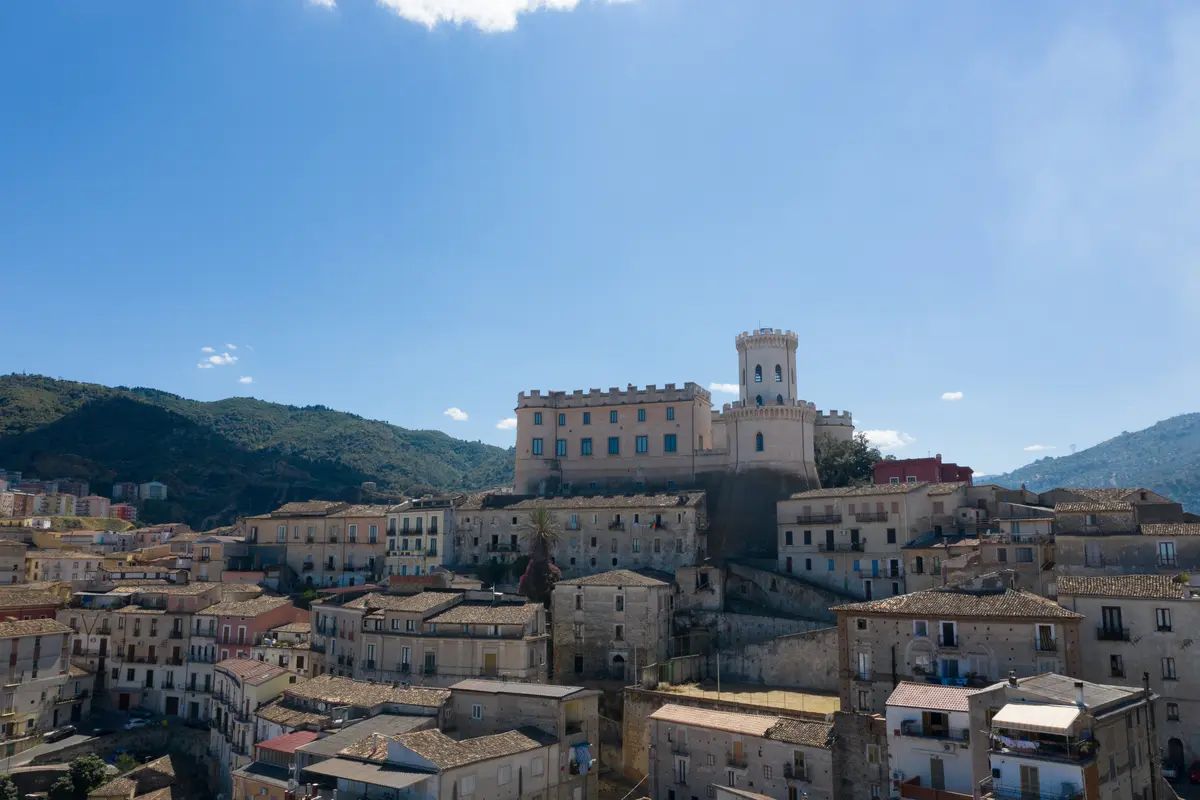Longobucco
The land of silver and brigands

Mountain
Regione Calabria
In the heart of the Sila National Park in the province of Cosenza, Longobucco is famous for the production of rugs and blankets of ancient tradition, but not only!
Besides the renowned textile art, Longobucco's pride and joy, the town is historically linked to silver mining.
The textile art of Longobucco writes a page of identity history, “intertwined” with the manufacture of carpets, wool, cotton and silk fabrics, hand-embroidered with a rich repertoire of ancient and contemporary designs. Those who wish to learn more can visit the Permanent Exhibition of Handicraft Fabrics set up in the historic centre, or visit one of the family's historic companies: Celestino Tessuti d'Arte.
The symbol of the old town is the Civic Tower (11th century), adapted as a bell tower next to the Mother Church of the Assumption. The artfully carved portals bear witness to the working of local stone: examples include Citino Palace, with its traditional masks, and the residences facing Piazza Matteotti.
Longobucco is a favourite destination for those wishing to discover the Sila National Park Trails and visit the not-to-be-missed Sila Handicraft and Soil Defence Museum, in the former Franciscan Monastery. The museum is an important outpost for the dissemination of knowledge of the Sila territory, in particular for silver metal mining and goldsmithing: the ‘Mining Route’ trail starts from the village, along which it is possible to admire the ancient silver quarries.
Useful information
What to know about Longobucco
Where to Sleep
There are 2 available accommodations.
Places
There are 4 places to visit.
Travel Ideas
There are 1 travel ideas.
Infopoint Longobucco
Longobucco
No result








